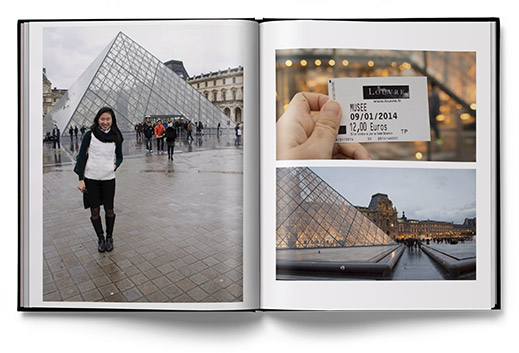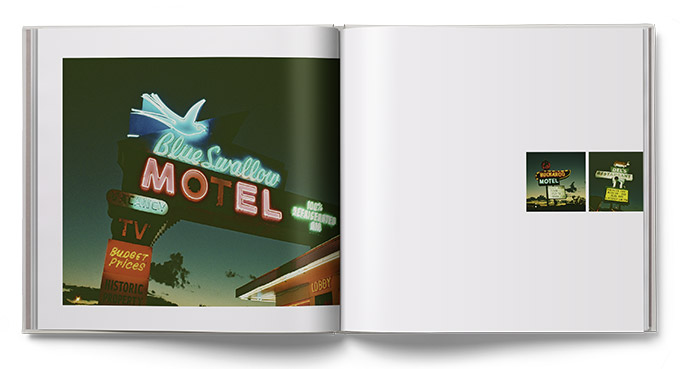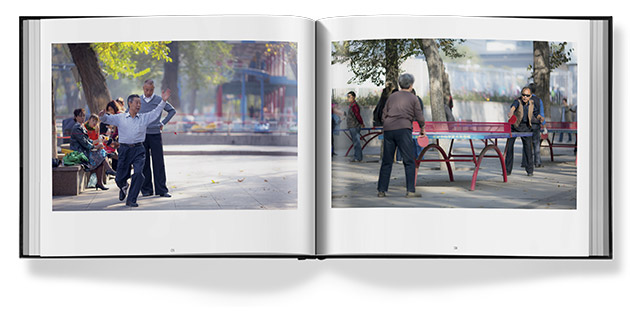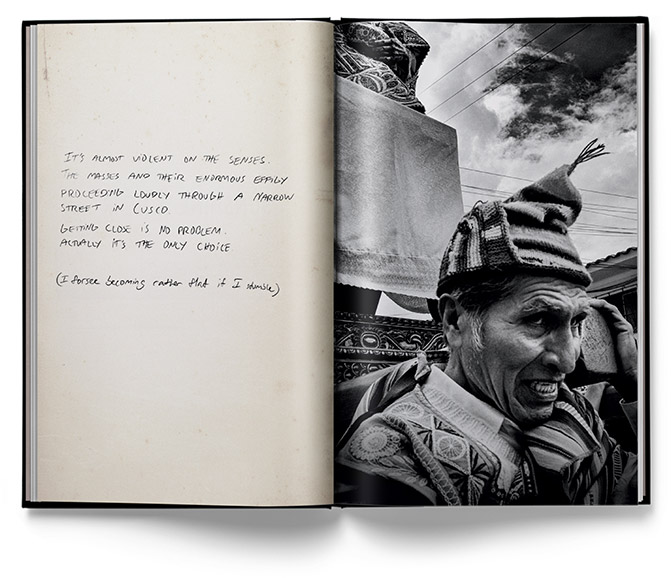Making a great travel book: tips from 4 photographers
What makes a great travel book? It’s not just the location or the camera. A superior travel book is one part photographer’s eye, one part careful curation and editing, and one part thoughtful organization and construction. It doesn’t just collect images, it tells a story. A great travel book conveys the meaning of a place and may even tell you a little bit about the author and why they travel.
We asked four photographers for their travel book tips—a pretty international group, representing the United States, the Netherlands, Denmark, and Thailand. They told us about the books they made, the cameras they shoot with, and just what it is that they’re looking for when they hit the road.

What camera gear do you travel with?
Lindsay: I have a Canon t4i. I love to shoot with a 24-70mm/2.8 zoom lens, but that lens is heavy (and expensive!) and not practical for all travel. All the photos in magnifique were taken with an 18-55mm kit lens. I also rely on my iPhone 5 for a string of fast casual shots for Instagram.
Leon: For this travel book (travel done in 2005), I used an old analog camera, which was really very bad. After that, I used a Canon Powershot S80, a Canon G9, an EOS 7D, and today my Canon 5D Mark lll is my new best friend.
Neil: Usually, I try and keep things light, but in the DSLR world, that just does not happen easily. I use a Canon 5d Mark III with a 50mm f1.2 , 135mm f2, and a 24-105mm f4. Plus, a video tripod.
Flemming: I travel with a Fuji X-pro1 and various Fuji lenses.
Do you travel with ideas of what you’d like to photograph?
Lindsay: My style has matured significantly in the last several trips. These days I’m more interested in capturing people, scenes, motion, and interesting design. Since my appreciation of photography was born out of my love for food photography, I still take a fair amount of pictures of local cuisine.
Leon: Not really, but the last few years I’ve tried to make portraits of the inner soul of a country: Local people. For me it’s a big challenge every time. You have to make contact, gain confidence, and act quickly.

Neil: For me it’s all about photographing people and their surroundings. I tend to go off on an adventure and try and find people going about their everyday lives. In my experience using a 50mm brings you closer to subject, giving the viewer a more realistic—call it humanistic—connection. I definitely have an idea of what countries appeal to me, but once there I let things happen organically.
Flemming: No, no, really, all my personal work is shot on instinct, whatever makes my eye look.
About how many photos do you shoot for a particular book?
Lindsay: I take several hundred photos per trip. Usually, I end up liking around 75 to 100 of them.
Leon: It depends. Usually between 1,500 and 3,000 images. Let’s say around 100 a day.
Neil: Well, as This is China is my first book, I can tell you that I had about 600 images to chose from, and about 100 made it into the book. You have to be picky when you’re putting your work out there, plus the images have to work. I had some great photographs that were brilliant on their own, but just did not feel right in the book.
Flemming: This varies a lot, but at least 2,000 to 3,000 images.
Did you think about your book while you were taking your photos?
Lindsay: To me, travel is all about the emotions of being in an unfamiliar place. Chronicling a lot of these new experiences so that I could look back many years later and remember exactly how I felt in a particular moment (i.e. the first time I saw the twinkling Eiffel Tower at dusk)—that was the reason I wanted to document the trip. I did think about the photos because the images themselves become gateways to those memories.
Leon: Not that much—first things first. Concentrate on the image and worry back home about the art direction.
Neil: No, not at all. It wasn’t until I finished my trip to China that I felt compelled to create the book. China took me by surprise. I went there with an open mind having done no prior research and I was blown away by the place. I was getting some fascinating photographs of the Chinese people, their cultures, and the way they went about things—and after spending two months absorbing their culture, I knew I had to show the photographs in a way that was personal to me—but also captivating to an audience.
Flemming: No, not at all, I never have any end product in mind for my personal work.

How long did it take you to make your book?
Lindsay: Writing and editing the copy for magnifique took a few days. Pulling in the photos and customizing my layouts took a few more days. Realistically, I probably could have done the entire thing in a day or two, but I figure that I got to enjoy the process more since it was stretched over the course of about a week.
Leon: I really don’t want to know. For this particular book, I think about 60 hours. I’ve probably spent more than 120 hours on some other Blurb books. As I said, I don’t wanna know 🙂

Neil: Too long. I spent two weeks making the first one—then at the last minute completely redesigned it. Altogether it took about six weeks.
Flemming: It was a process that lasted a couple of months, from the initial image selection to editing the visual stories, writing the text stories, re-writing the stories, testing many different layouts, and finding all the elements that went into the limited editing. Photographer Charlene Winfred was the editor of both the visual and text stories and was invaluable—having a great editor is key.
What have the reactions been to your book?
Lindsay: I’ve had a lot of people tell me how much they enjoy my writing style and photography. Net-net, that’s pretty fantastic feedback!
Leon: I’ve never had any reaction on Blurb itself, but people who have seen the books “live” are generally enthusiastic.
Flemming: The reactions have been phenomenal, my 25 limited-edition copies sold in a week and the normal edition is still selling. I have received so much encouraging positive feedback from everyone who has seen the book and it seems to have taken on a life of its own.
Neil: Well, no one has actually bought it yet, but from the original copy (which I have still yet to see with my own eyes, as I was in Vietnam when it landed at my front door back in the UK) has had some great feedback, not just on the images but the book as a whole. The overall reaction I have had is it looks and feels very professional. Using your Mohawk proPhoto Pearl paper definitely makes a difference.
Where to next?
Lindsay: I’m desperate to get to Iceland for an abundance of waterfalls, hot springs, indie bands, Scandinavian cuisine, and maybe even an elf/gnome/troll sighting! Then I’d also like to see South Africa, New Zealand, and Israel.
Leon: Cuba…next week. And after that one we’ll keep on going to the other side of the horizon.
Neil: I will be off to Myanmar next month, just as soon as I get my 50mm and MacBook Pro repaired. Asia has been very hard on them.
Flemming: I live as a nomad, and have no home—or several should I say. I am presently in Copenhagen, one of my homes, going back to Singapore in April to another home, then Australia to visit friends, and then Europe for the summer.



This post doesn't have any comment. Be the first one!